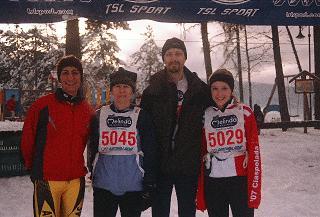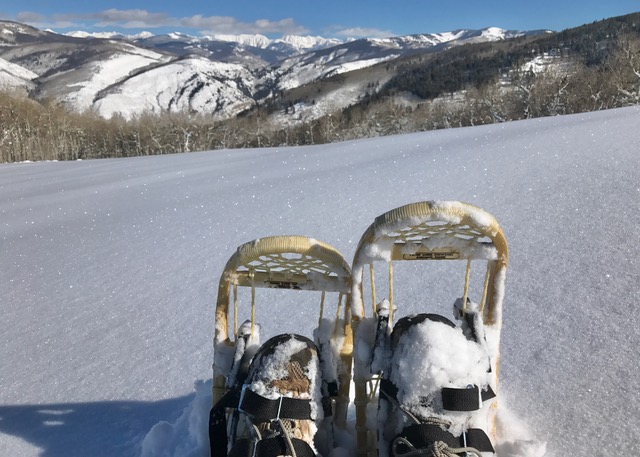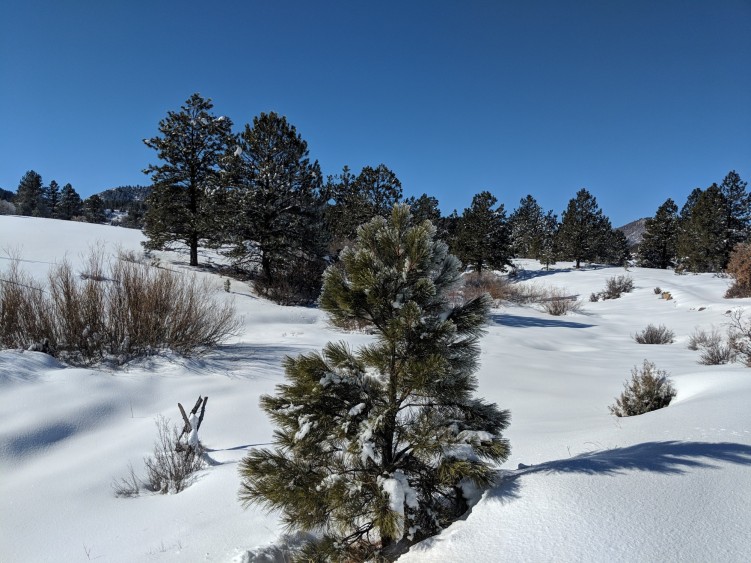For years lodging properties and recreational companies around the world have been stepping up to offer eco-friendly vacations. But today more travelers are taking responsibility for the environment into their own hands, making conscientious efforts to travel green.
“Today’s environmental culture requires travelers to travel green themselves,” Bill Hoffman, executive director of the Incline Village Crystal Bay Visitors Bureau, said. “We should be respectful wherever we are, wherever we go and take extra care in naturally beautiful and delicate destinations. We need to make that effort to preserve the beauty of Lake Tahoe for future generations.”
One of the best places to learn about Tahoe’s fragile environment is the Tahoe Center for Environmental Sciences in Incline Village, which offers self-guided and docent-led tours, hands-on activities and a monthly lecture series. Here, visitors can take a 3-D virtual reality flight through Lake Tahoe, peek through a microscope and view tiny aquatic creatures and learn how scientists study the lake’s water quality.
Travelers looking to get more involved can take part in one of the Tahoe Rim Trail Association’s work parties, which are held on Tuesdays and Saturdays throughout the summer, which consist of trail building and maintenance on the 165-mile loop trail.
Those exploring the Sierra Nevada terrain should also embrace the principles developed by the Leave No Trace Center for Outdoor Ethics. The principles include planning and preparing (knowing regulations and special concerns, using a map and preparing for weather and emergencies); travel and camp on durable services (keep camps small and hike on designated trails); dispose of waste properly (pack it in, pack it out); leave what you find (as well as not building structures or digging trenches); minimize campfire impacts (use only a lightweight stove when possible); respecting wildlife; and being considerate of other visitors (yield to other hikers).
Caring for the lake means caring for its surroundings and its inhabitants. The Sierra Nevada is home to raccoons, squirrels, chipmunks, deer, coyotes and black bears. The United States Forest Service warns against approaching wildlife for the health of the animal as well as the visitor. Animals that are approached too quickly can run into traffic, lose footing on cliffs and fall, be separated from their young, be forced to abandon their nests or dens and become more vulnerable to predators because they are distracted.
Animals should not be fed (or allowed to forage) for human food for many reasons. Packaging such as aluminum or plastic can severely damage the digestive system and human food can cause tooth decay, arthritis or other disease.
The Lake Tahoe’s BEAR League, a grass roots organization that was formed to keep bears safe, reminds guests and residents that black bears are generally docile but very smart and motivated by food. It is strongly recommended not to leave garbage out overnight unless in a bear-proof container. Other tips include putting ammonia or Pine Sol in every trash bag, not leaving pet food out overnight, cleaning barbeques and not leaving trash or food on decks, in the open, or in crawl spaces.
North Lake Tahoe is a 45-minute drive from the Reno Tahoe International Airport, two hours from Sacramento International Airport and just over three hours from San Francisco International Airport. For lodging reservations, recreation and event details, call North Lake Tahoe at 1-877-949-3296 or visit www.GoTahoeNorth.com.





